Common problems in hand-brewed coffee | flow, water column practice, grinding degree selection, iced coffee making

Professional coffee knowledge exchange more coffee bean information please follow the coffee workshop (Wechat official account cafe_style)
Hello, everyone-usually we always encounter some minor problems when making coffee. Yesterday, we summed up the beginner's questions. I will continue today to solve the common problems in coffee.
[question and answer 1]

Is there any other way to make iced coffee besides ice droplets?
If you want iced coffee, you have to make ice droplets? It's not, okay?! There are many ways to make iced coffee, and iced coffee is only one kind of cold extracted coffee. In addition to ice droplets, there are cold brewed coffee, Japanese iced coffee, ice hand brewing and so on.
Cold coffee, like iced coffee, takes time and patience. Cold coffee is ground into powder and then added to the room temperature water, put in the refrigerator for about 12 hours, and then take out to filter out the dregs to drink. The coffee made in this way is different from ice droplets in that the taste is lighter and the flavor is cleaner.
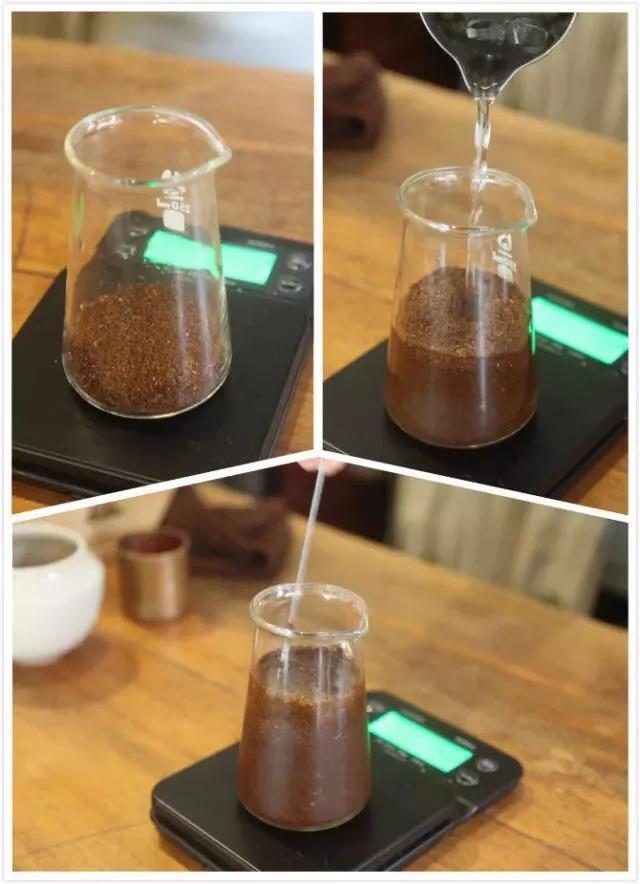
The practice of Japanese iced coffee is similar to that of the usual hand brewing, except that the amount of water normally brewed by hot hands is reduced to half and replaced by ice.
Setting of cooking parameters:
Experimental coffee beans: Costa Rican red wine sun treatment (fifth day of baking date)
Cooking method: ice hand flushing
Degree of grinding: 4A (BG)
V60, 18g powder, water temperature 91 degrees, water powder ratio close to 1:14 (100g ice in the sharing pot)
50 grams of water is steamed and the steaming time is 40s (stirring)
Pour water into 152ml, then shake until ice has melted (total water 100: 50: 102: 252g).
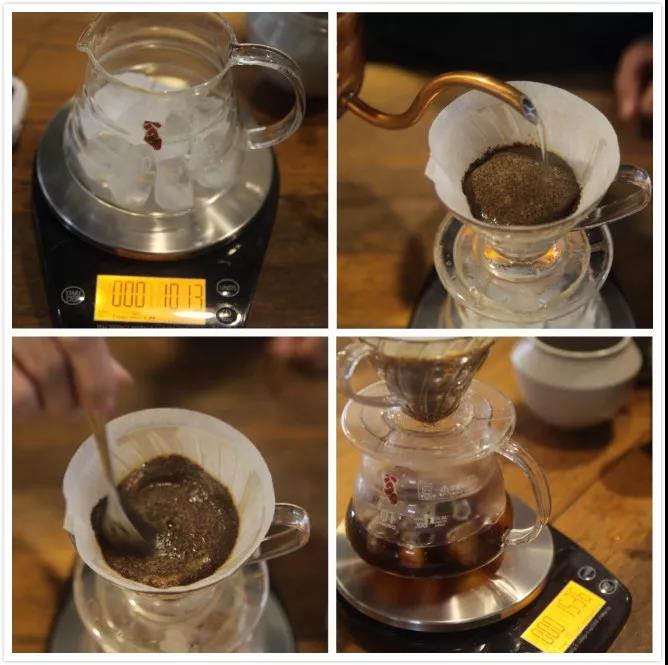
Ice water rushing:
Setting of cooking parameters:
Experimental Coffee beans: Costa Rica Sweet Orange Manor (5th day of baking)
Cooking method: hand flushing
Degree of grinding: 4A (BG)
V60, 18g powder, water temperature 91 degrees, ratio of water to powder close to 1:14
50 grams of water steaming, steaming time is 40 (during stirring)
Pour 252ml with 2 degrees water, stir one during the period, and shake well after boiling (total water 50: 202-252g).

Ice hand flushing is first steamed with hot water, and then boiled with ice water, but because the extraction rate of ice water is relatively low, so the time should be extended to three minutes.
[question and answer 2]
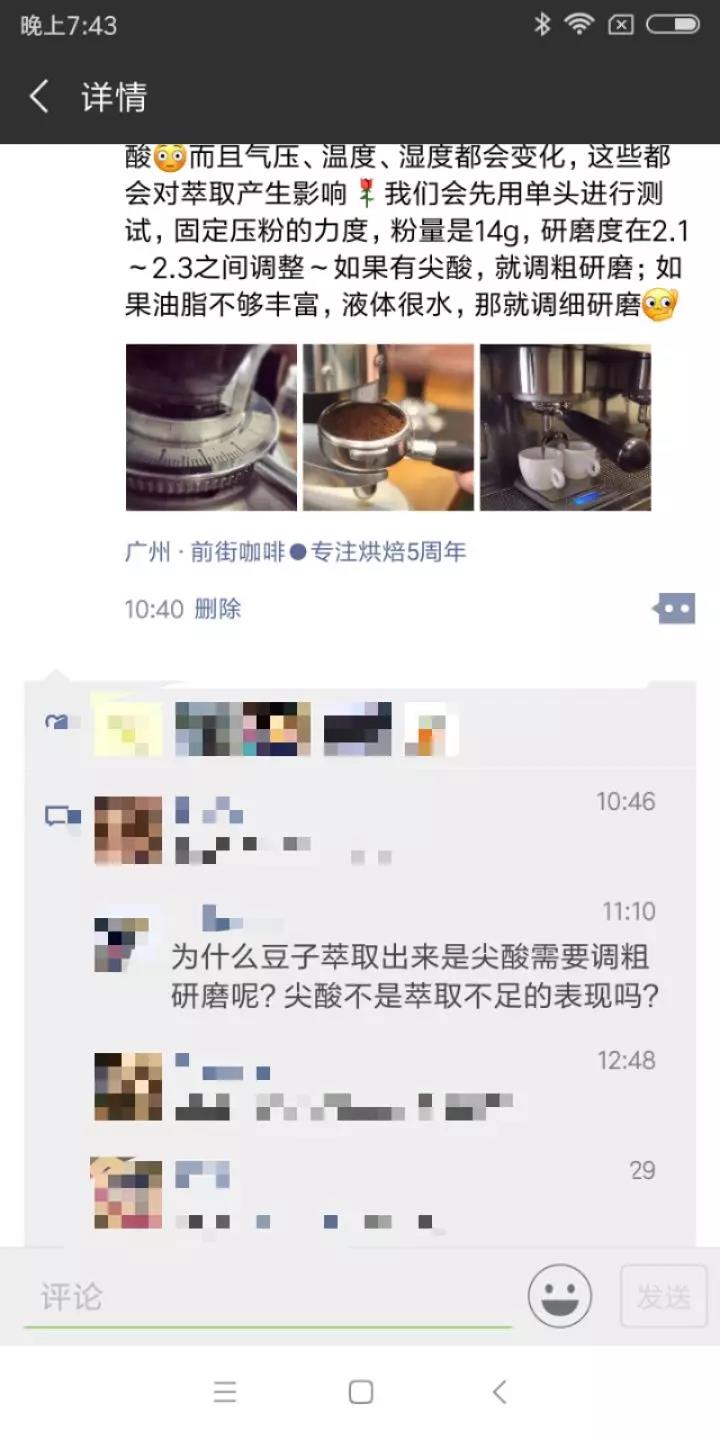
Why is the acid extracted from beans need to be roughed and ground? Isn't acidity a sign of insufficient extraction?
The sharp acid in Italian concentration does not occur only when the extraction is insufficient. The sharp acid concentrated when the extraction is insufficient will have a feeling of water, because the extraction is incomplete and will only extract the substances that are surface and easy to extract.
And extraction for a long time will also lead to sharp acid, because it will be over-extracted on the surface and insufficient extraction inside, there will be sharp acid to drink, and then bitter and astringent mouth.
[question and answer 3]

What is the reason why the steamed coffee powder does not expand?
Sometimes it feels enigmatic and happy to watch the steaming little "hamburger" swell up, but not all beans bulge into a small "hamburger". Steaming is just to release the gas from the coffee particles, and at the same time it can form a uniform void so that the water can pass through quickly and evenly, and then be fully extracted.
Factors affecting the degree of steaming expansion
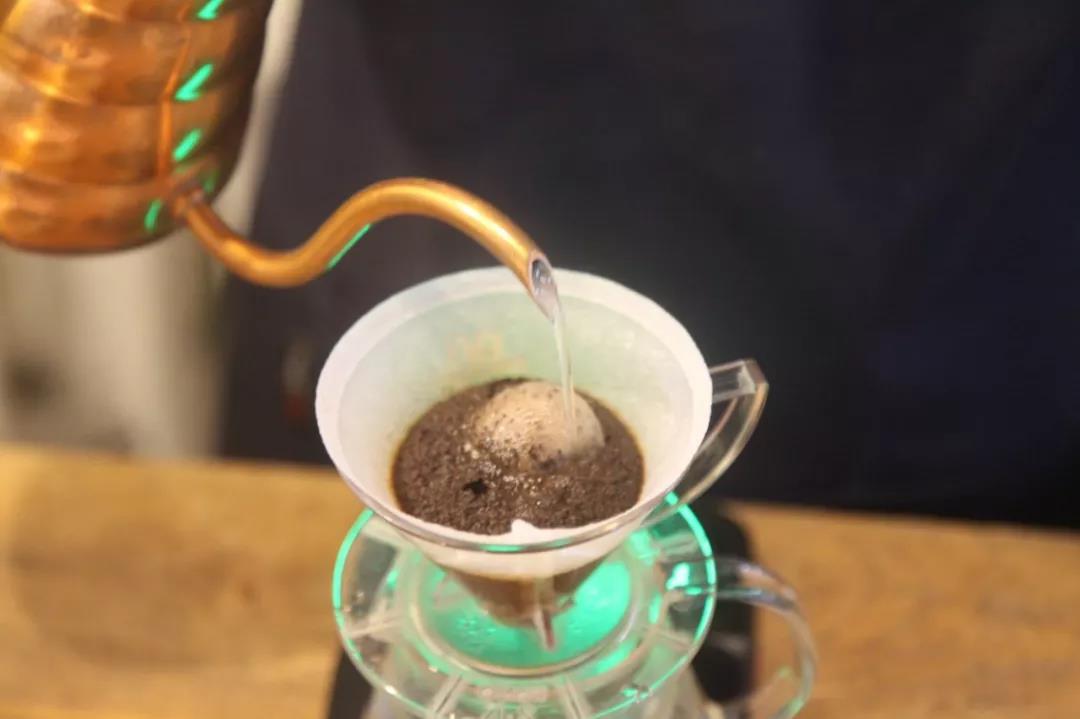
1. The freshness of coffee beans. Steaming is for exhaust, and if the coffee is roasted and stored for too long, the carbon dioxide in the cells inside the coffee beans has been released naturally, then the "hamburger" during steaming will not be too obvious or even absent.
2. The roasting degree of coffee beans. The shallow roasted beans are not as caramelized as the deep-roasted coffee, and the reaction produces fewer metabolites, so the respiration is weaker, so the effect of steaming is not obvious or it is normal without the "hamburger" effect.
3. The grinding degree of coffee powder. If the grinding is too rough, the area of water in contact with coffee powder will be small, and the exhaust effect will naturally be weak.
[question and answer 4]

Last question, what is the state of the hand-made coffee powder layer?
After brewing coffee powder bed, is it better to be concave or flat? This is a common problem for coffee fans.
In fact, we may encounter a concave powder bed that is only brewed around the size of a coin in the center, while a flat powder bed will appear when the whole coffee is completely extracted.
The powder bed that I usually finish shallow baking and shallow baking is like this:
This is the difference caused by the method and scope of water injection, and the editor understands it like this: as long as you can extract a good cup of coffee, even if the powder bed is convex! But the premise is to be uniform, which means that the amount of water injected is uniform and the extraction is uniform. If there is a powder bed high on one side and low on the other, or uneven powder noodles, it is the uneven impact of water flow, resulting in uneven coffee extraction!
Another kind, mentioned frequently recently, is why there is no pit in the powder bed after some people make coffee. Why did all the powder on the edge fall?
I usually wash the deep-baked powder bed like this:

From a personal point of view, hang up the wall or not when you rush with your hands:
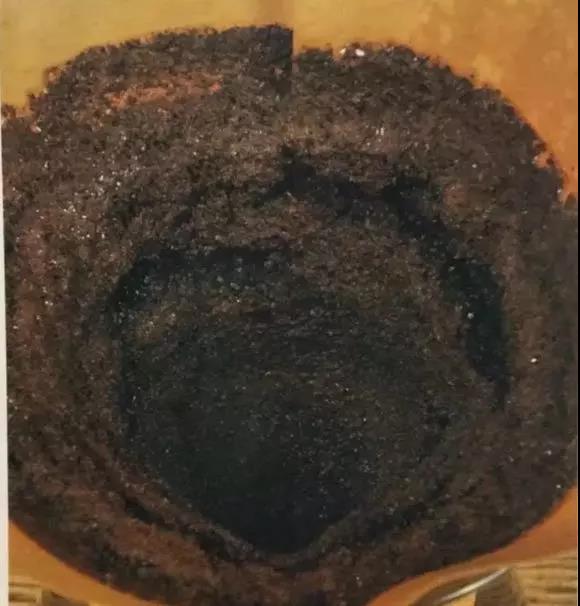
Shallow baked beans I personally prefer all the powder to participate in the extraction, (uniform extraction = immersion in water at the same time), so to achieve the ideal state of uniform extraction is horizontal without hanging wall.
For those with moderate baking and moderate depth, I will choose the shape of powder hanging on the wall, that is, it looks like a small pit or a slight couch in the middle. At first, the powder layer is not destroyed by a stable and supple fine flow, convection is reduced and fully extracted.
Then how can we make the water flow uniform? One word: practice!

How to practice?
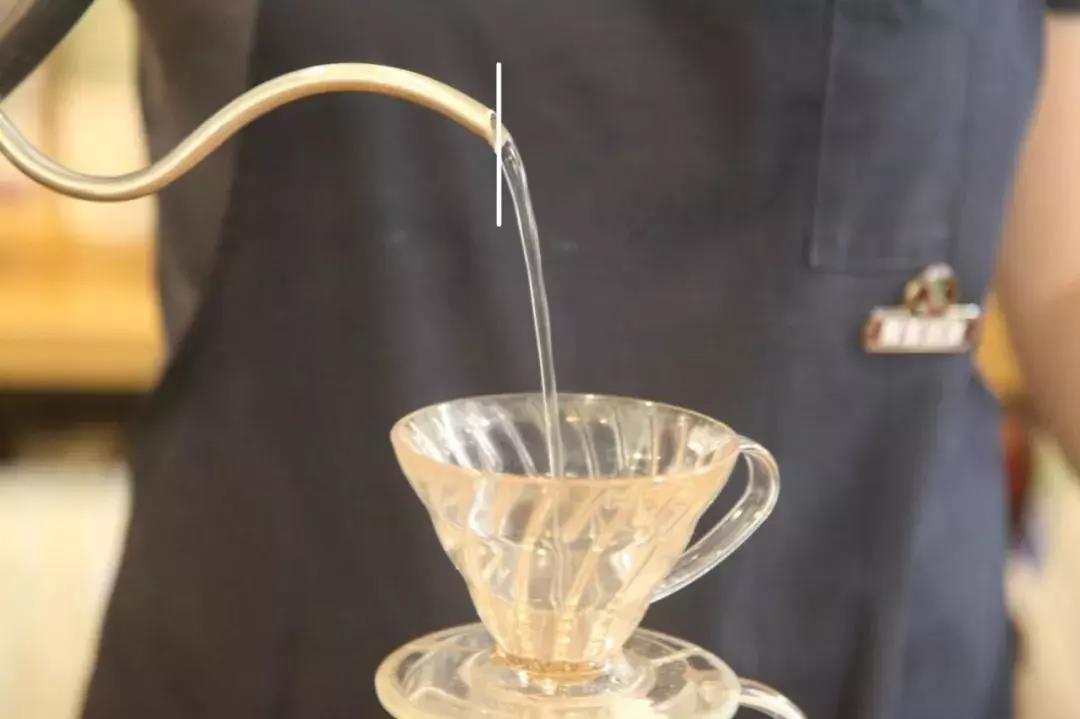
First, practice the stability of the current and try to consistently fill a mug with a uniform amount of water. Note that the current should be perpendicular to the table, not a parabola.
Then, on the basis of the first step, do water injection exercises around a range the size of an one-dollar coin, and pay attention to parallel circle water injection, not from high to low, otherwise it will cause uneven flow pressure.
Then what if my hand flushing pot is prone to "flying water", showing a parabola?
As pictured above, when the parabolic flow reaches the near pot point, the lower water actually scours almost the middle layer, and when it circles to the far pot point, it almost rushes to the filter paper! So the editor suggests that students who buy this kind of hand punch pot, or students who are used to parabolic flow, try to consciously pull back a little bit, so that the final falling point of the current parabola is kept near the center, so that there will not be a normal extraction while scouring the filter paper!
This is the end of today's topic, you are welcome to have any questions and suggestions to contact us-Qianjie Cafe will do its best to answer for you!
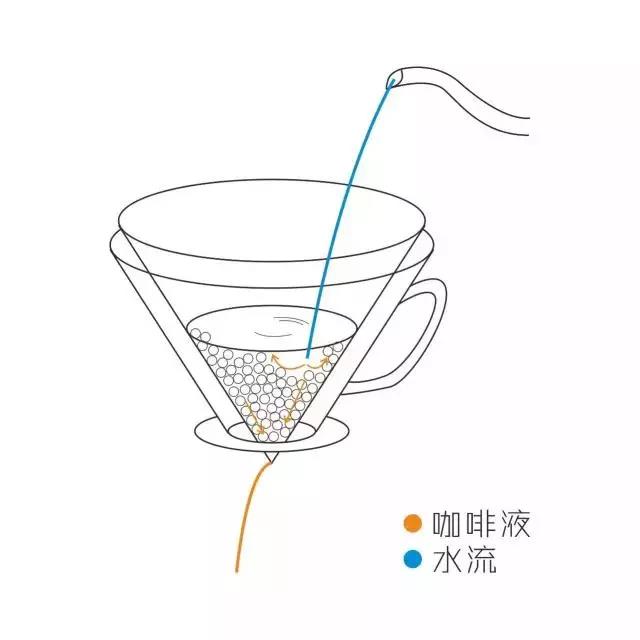
Important Notice :
前街咖啡 FrontStreet Coffee has moved to new addredd:
FrontStreet Coffee Address: 315,Donghua East Road,GuangZhou
Tel:020 38364473
- Prev
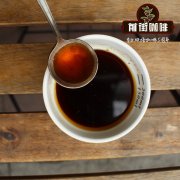
Flat White- star father Furebai | COSTA "mellow white | Ruixinao Ruibai comparison
For more information on coffee beans, please follow the coffee workshop (Wechat official account cafe_style). When I heard the name for the first time, I took it for granted that it was associated with white coffee, or a coffee with less coffee content and a whiter color. Starbucks new product Flat White pronunciation: Fu (f) Rui (ru) bi. Furei
- Next
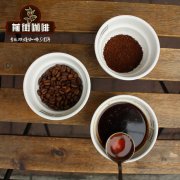
Tanzania Kilimanjaro Clemangaro | the flavor of washed AA Arabica coffee beans?
Professional coffee knowledge exchange more coffee bean information please follow the coffee workshop (Wechat official account cafe_style) Tanzania Kilimanjaro Clemangaro | what is the flavor of washed AA Arabica coffee beans? The best performers in Tanzanian coffee mainly come from Mount Clemangaro (Mount Kilimanjaro) at an altitude of more than 1300 meters. Tansan in this area
Related
- Detailed explanation of Jadeite planting Land in Panamanian Jadeite Manor introduction to the grading system of Jadeite competitive bidding, Red bid, Green bid and Rose Summer
- Story of Coffee planting in Brenka region of Costa Rica Stonehenge Manor anaerobic heavy honey treatment of flavor mouth
- What's on the barrel of Blue Mountain Coffee beans?
- Can American coffee also pull flowers? How to use hot American style to pull out a good-looking pattern?
- Can you make a cold extract with coffee beans? What is the right proportion for cold-extracted coffee formula?
- Indonesian PWN Gold Mandrine Coffee Origin Features Flavor How to Chong? Mandolin coffee is American.
- A brief introduction to the flavor characteristics of Brazilian yellow bourbon coffee beans
- What is the effect of different water quality on the flavor of cold-extracted coffee? What kind of water is best for brewing coffee?
- Why do you think of Rose Summer whenever you mention Panamanian coffee?
- Introduction to the characteristics of authentic blue mountain coffee bean producing areas? What is the CIB Coffee Authority in Jamaica?

